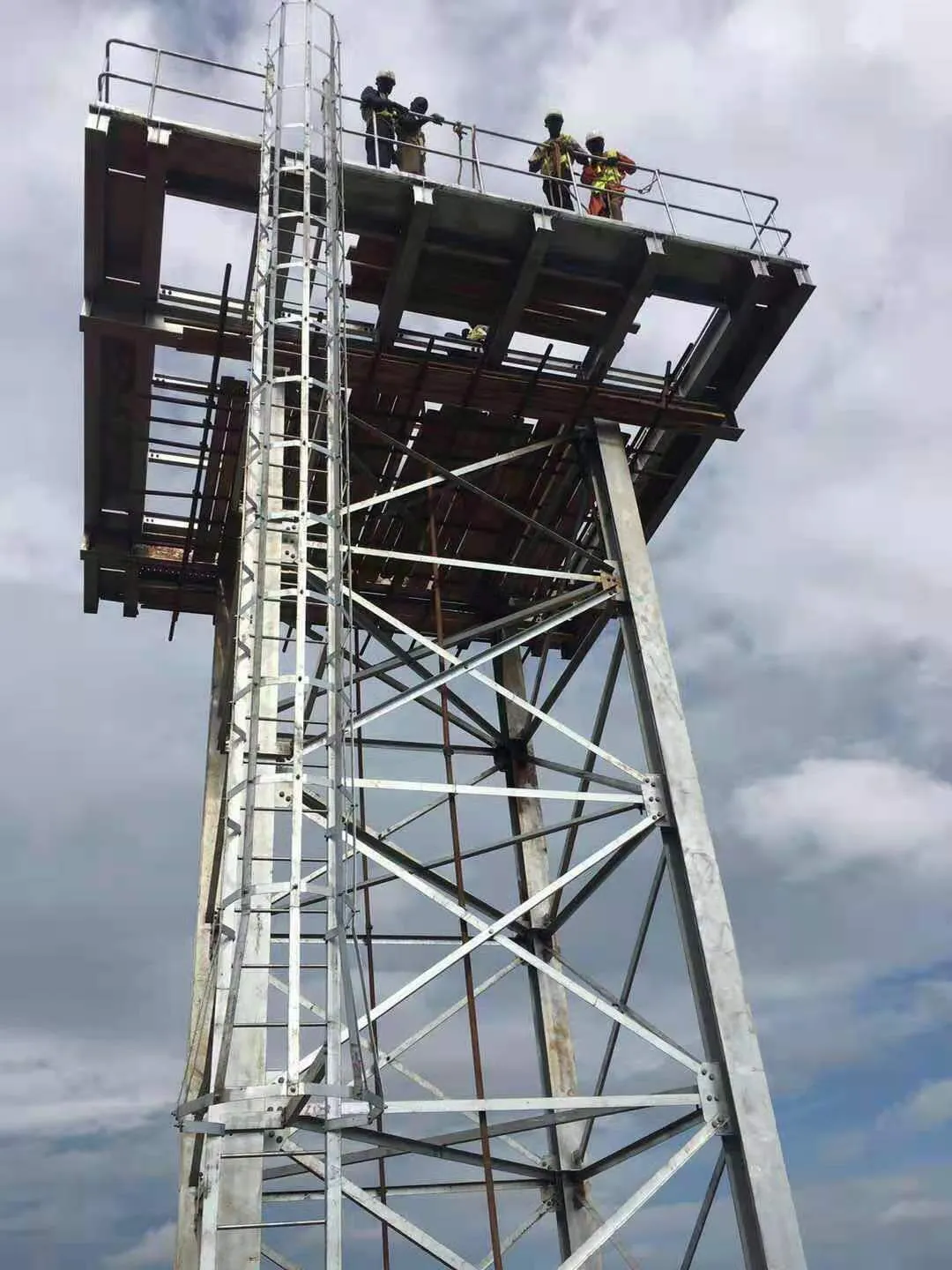loading...
- No. 9, Xingyuan South Street, Dongwaihuan Road, Zaoqiang County, Hengshui, Hebei, China
- admin@zjcomposites.com
- +86 15097380338
- Welcome to visit our website!
fibre reinforced plastic tanks
The Advantages of Fibre Reinforced Plastic Tanks
Fibre reinforced plastic (FRP) tanks are an innovative solution in various industries, particularly for storing chemicals, water, and other sensitive substances. These tanks combine the lightweight and corrosion-resistant properties of plastics with the strength and durability of reinforced fibers, typically made from glass or carbon. This article explores the benefits, applications, and factors to consider when choosing FRP tanks.
One of the key advantages of fibre reinforced plastic tanks is their corrosion resistance. Traditional metal tanks often succumb to rust and degradation when storing corrosive materials, leading to potential spills and leaks. In contrast, FRP tanks can withstand harsh chemical environments without compromising structural integrity. This makes them ideal for industries such as chemical manufacturing, wastewater treatment, and agriculture, where corrosive substances are commonplace.
Another significant benefit of FRP tanks is their lightweight nature. Compared to traditional materials like steel or concrete, FRP is significantly lighter, making transportation and installation easier and more cost-effective. This reduction in weight can also contribute to lower shipping costs and easier handling on-site, allowing for quicker project timelines and reduced labor expenses.
The versatility of fibre reinforced plastics is another compelling reason for their increasing popularity. FRP tanks can be manufactured in various shapes and sizes to meet specific requirements, whether for above-ground or underground applications. Their design flexibility enables them to be tailored to fit unique spatial constraints, increased storage demands, or specific aesthetic considerations. Manufacturers can also incorporate additional features such as insulation, protective coatings, or custom fittings to enhance functionality.
Durability is a crucial factor when considering storage solutions. FRP tanks are robust and resistant to UV radiation, extreme weather conditions, and mechanical impacts. This durability ensures a longer lifespan compared to conventional tank materials, which may require frequent repairs or replacements due to wear and tear. Consequently, organizations can save on maintenance costs and allocate resources more efficiently.
fibre reinforced plastic tanks

In terms of safety, fibre reinforced plastic tanks offer several advantages. The construction materials used are inherently non-toxic and less likely to contribute to environmental contamination. Additionally, FRP materials do not conduct electricity, which reduces the risk of sparks or electrical hazards when handling flammable substances. Furthermore, the design of FRP tanks can incorporate leak detection systems, emergency vents, and containment features that enhance safety and environmental compliance.
Applications of fibre reinforced plastic tanks span a wide range of industries. In the chemical industry, FRP tanks are used for storing acids, caustics, and other reactive chemicals without the risk of corrosion. In the agricultural sector, these tanks can store fertilizers and pesticides safely. Water treatment facilities also utilize FRP for tanks designed to hold potable water, ensuring that the storage materials do not leach harmful substances into the water supply.
However, there are considerations when choosing FRP tanks. While they offer numerous advantages, the initial costs can be higher than traditional options. It is essential for organizations to conduct a cost-benefit analysis to understand the long-term savings associated with durability and maintenance. Additionally, proper installation is critical to ensure that the tanks perform optimally and maintain their structural integrity over time.
In terms of environmental impact, FRP tanks can be made from recycled materials, making them a more sustainable choice compared to virgin materials. As sustainability becomes a more prominent concern for businesses, investing in environmentally-friendly storage solutions like FRP tanks can enhance corporate responsibility initiatives and appeal to eco-conscious consumers.
In conclusion, fibre reinforced plastic tanks represent a modern solution for various storage needs across multiple industries. Their superior corrosion resistance, lightweight nature, durability, and versatility position them as a preferred option for organizations seeking reliable storage solutions. While initial costs may be a consideration, the long-term benefits and enhanced safety features make FRP tanks a wise investment for any business. As industries continue to evolve, the adoption of fibre reinforced plastic tanks is likely to increase, reflecting a shift towards more innovative, sustainable materials.
-
The Rise of FRP Profiles: Strong, Lightweight, and Built to LastNewsJul.14,2025
-
SMC Panel Tanks: A Modern Water Storage Solution for All EnvironmentsNewsJul.14,2025
-
GRP Grating: A Modern Solution for Safe and Durable Access SystemsNewsJul.14,2025
-
Galvanized Steel Water Tanks: Durable, Reliable, and Ready for UseNewsJul.14,2025
-
FRP Mini Mesh Grating: The Safer, Smarter Flooring SolutionNewsJul.14,2025
-
Exploring FRP Vessels: Durable Solutions for Modern Fluid HandlingNewsJul.14,2025
-
GRP Structures: The Future of Lightweight, High-Performance EngineeringNewsJun.20,2025
